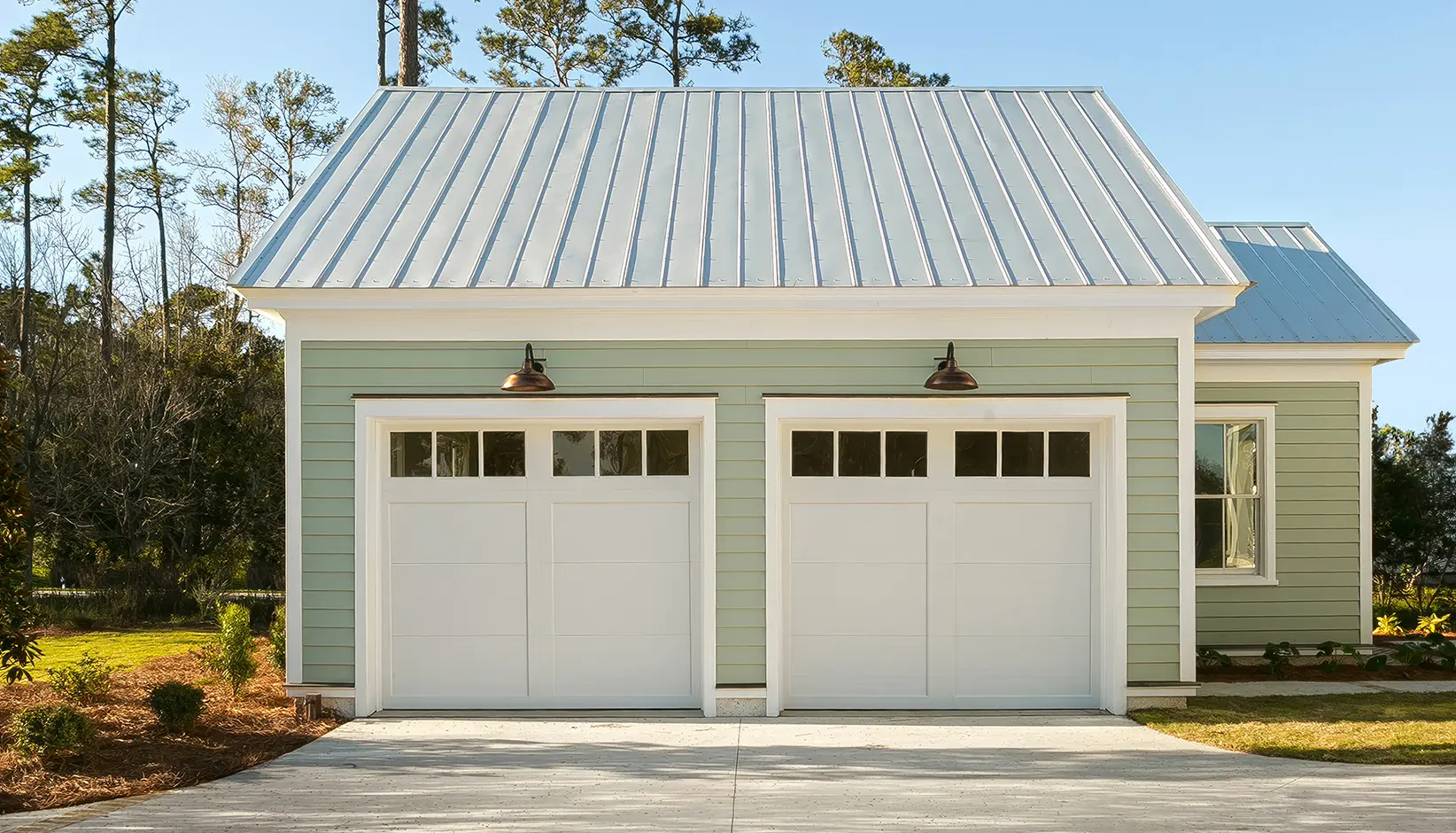When a garage door malfunctions, it can be tempting to reach for basic tools and attempt a quick fix. We understand that saving money and handling home maintenance projects can feel empowering. However, garage doors are complex mechanical systems that pose significant safety and financial risks when repaired without professional expertise. Attempting a do-it-yourself repair may seem straightforward at first glance, but hidden dangers and technical intricacies quickly add up.
1. Safety Hazards: Protecting You and Your Family
Garage doors weigh upwards of 150 pounds and rely on high-tension springs and cables to function properly. When these components break or become misaligned, they can snap back with tremendous force. Without specialized training, a momentary lapse in judgment can lead to severe injuries or even fatalities.
During a typical DIY repair, homeowners might underestimate the tension on springs or fail to secure moving parts before loosening bolts. This oversight can cause springs to fly off or cables to unwind rapidly, creating dangerous projectiles. Even small mistakes like using the wrong tool or not wearing protective gear increase the odds of cuts, bruises, or worse.
“We recall one instance where a homeowner used basic pliers to adjust the cable tension. Unfortunately, the cable frayed and snapped during our follow-up inspection. If they had called us initially, we would have used proper cable tension meters and grading tools to ensure a safe and lasting repair. That simple misstep ended up costing them triple the price of our original service quote.” – Garage Door and More Technician
Our technicians at Garage Door and More handle these risks on a daily basis with strict safety protocols. We arrive fully equipped with calibrated tools, protective gloves, and eye gear to shield you from harm.
- Spring Tension Miscalculation: Misjudging the tension can release stored energy unexpectedly.
- Improper Tool Use: Using household tools instead of professional-grade equipment can slip or break.
- Lack of Safety Gear: Without gloves, goggles, and proper footwear, minor accidents can escalate quickly.
| Hazard | Potential Injury | Risk Level |
|---|---|---|
| Broken Spring Snap | Serious lacerations | High |
| Cable Slippage | Puncture wounds | High |
| Door Misalignment | Crushing injury | Medium |
At Garage Door and More, we prioritize your safety above all else. Our team follows industry-leading standards to ensure every repair is completed without incident. When you choose us, you choose peace of mind knowing your family is safe.
2. Technical Complexity: Every Component Matters
Modern garage doors consist of a variety of interconnected parts including rollers, tracks, torsion springs, cable drums, sensors, and openers. Each element must function in perfect harmony to ensure smooth operation. A single misalignment can cause the door to bind or drift off its tracks, leading to further damage.
Professional technicians undergo rigorous training to understand these systems in depth. They can diagnose underlying issues that often go unnoticed by the untrained eye, such as subtle metal fatigue in springs or miscalibrated photo-eyes that interfere with safety sensors. We use diagnostic equipment to measure tension, alignment, and balance with precision.
Without this expertise, DIY repairs tend to address only the visible symptoms, leaving hidden problems unresolved. Over time, these neglected issues compound, resulting in more frequent breakdowns, higher repair costs, and potential door failure.
- Roller and Track Inspection: Ensuring wheels roll freely without wobble or wear.
- Sensor Calibration: Aligning photo-eyes to prevent accidental door closure.
- Spring Balance Test: Measuring torsion spring tension for smooth lifts.
| Component | Function | Common Issue |
|---|---|---|
| Rollers | Guide door movement | Wear and misalignment |
| Torsion Springs | Counterbalance door weight | Loss of tension |
| Photo-Eye Sensors | Prevent closing on obstructions | Misalignment |
We invest in ongoing education and advanced tools to diagnose and repair every component correctly. With Garage Door and More, you avoid the pitfalls of partial fixes and enjoy reliable, long-lasting performance.
3. Costly Mistakes: Hidden Expenses of DIY Repairs
At first, attempting your own repair may look like a budget-friendly option. However, unforeseen complications quickly inflate costs far beyond professional service rates. Misusing parts or tools can damage expensive components, requiring full replacements instead of simple adjustments.
For example, overtightening cables can fray and weaken them, leading to future failures. Improper spring handling often results in loss of tension, meaning both springs must be replaced rather than just one. Homeowners typically stock generic replacement parts that do not meet manufacturer specifications, causing accelerated wear.
“Every time we arrive at a job site where someone has tried to fix their garage door on their own, we discover hidden issues that could have led to serious injuries. Springs that look fine can harbor microfractures. If tension bars aren’t inserted correctly, the spring can unwind with enough force to cause permanent damage. We always emphasize that professional tools and training are nonnegotiable when working on garage doors.” – Garage Door and More Technician
Our transparent pricing model at Garage Door and More helps you plan without worrying about surprise bills. We source OEM-grade parts at competitive rates and labor is performed by certified technicians who do it right the first time.
- Incorrect Part Selection: Generic parts wear faster and void warranties.
- Tool Damage Costs: High-end tools can break when misused, adding unexpected expenses.
- Repeat Repairs: Incorrect fixes often require multiple service calls, multiplying costs.
| Scenario | DIY Cost | Professional Cost |
|---|---|---|
| Spring Replacement | $350–$500 | $250–$350 |
| Sensor Realignment | $150–$200 | $100–$150 |
| Opener Adjustment | $200–$300 | $120–$180 |
By choosing Garage Door and More, you eliminate guesswork and costly repeat visits. We ensure each repair is done accurately, offering fair, upfront pricing and lasting results.
4. Voided Warranties: Protecting Manufacturer Coverage
Most garage door parts come with manufacturer warranties that cover defects and premature failures. These warranties typically require installation and repair by certified professionals to remain valid. DIY repairs almost always violate the warranty terms, leaving you responsible for full replacement costs.
Manufacturers track warranty claims through serial numbers and installation records. Any indication of homeowner interference can invalidate coverage. That means if a spring breaks or a panel cracks, you will have to cover the expense out-of-pocket rather than enjoying warranty-backed replacements.
Our team at Garage Door and More partners with leading manufacturers to ensure all work meets warranty requirements. We handle necessary paperwork and registration so you can enjoy full coverage without worry.
- Certified Installation: Guarantees compliance with warranty terms.
- Proper Registration: We file documentation on your behalf.
- Manufacturer Liaison: We coordinate claims directly with suppliers.
| Warranty Type | Coverage | DIY Impact |
|---|---|---|
| Spring Warranty | 5–10 years | Voided if homeowner repair |
| Opener Warranty | 1–5 years | Requires certified tech |
| Panel Warranty | 10–15 years | Void if unauthorized modification |
We respect manufacturer policies and protect your investment. When Garage Door and More completes a repair, your warranty remains intact, safeguarding you against future defects.
5. Lack of Specialized Tools and Techniques
Professional garage door repair requires specialized tools such as winding bars, spring tension gauges, cable tension meters, and track alignment lasers. These tools are costly and rarely found in a homeowner’s toolbox. Without proper instrumentation, achieving precise adjustments is virtually impossible.
Technicians also use techniques honed through thousands of service calls. For instance, balancing a door involves tiny spring adjustments measured in inches of bar travel. Misjudging these increments leads to uneven door operation or premature wear on the opener motor.
Our fleet of service vehicles carries every tool needed for any repair scenario. Technicians follow step-by-step protocols developed over years of experience to ensure accuracy and consistency.
- Winding Bars: Safely adjust spring tension with precision.
- Tension Gauges: Measure cable and spring force accurately.
- Alignment Lasers: Ensure tracks and sensors are perfectly positioned.
| Tool | Purpose | DIY Availability |
|---|---|---|
| Winding Bar | Adjust spring tension | Low |
| Laser Level | Align tracks | Medium |
| Tension Gauge | Measure force | Low |
When you hire Garage Door and More, you benefit from our complete toolkit and field-tested methods. We deliver professional-grade repairs that stand the test of time.
Conclusion: How Garage Door and More Can Help You
Garage door repair is not a project to tackle alone. The risks of injury, hidden technical complexities, unexpected costs, voided warranties, and absence of specialized tools all point to the same conclusion: leave it to the professionals. At Garage Door and More, our Charlotte-based team offers transparent pricing, certified expertise, and a commitment to your safety. We use state-of-the-art diagnostic equipment and OEM-grade parts to deliver repairs that last. Contact us today to schedule service and experience the peace of mind that comes from trusting trained experts with your garage door needs.

